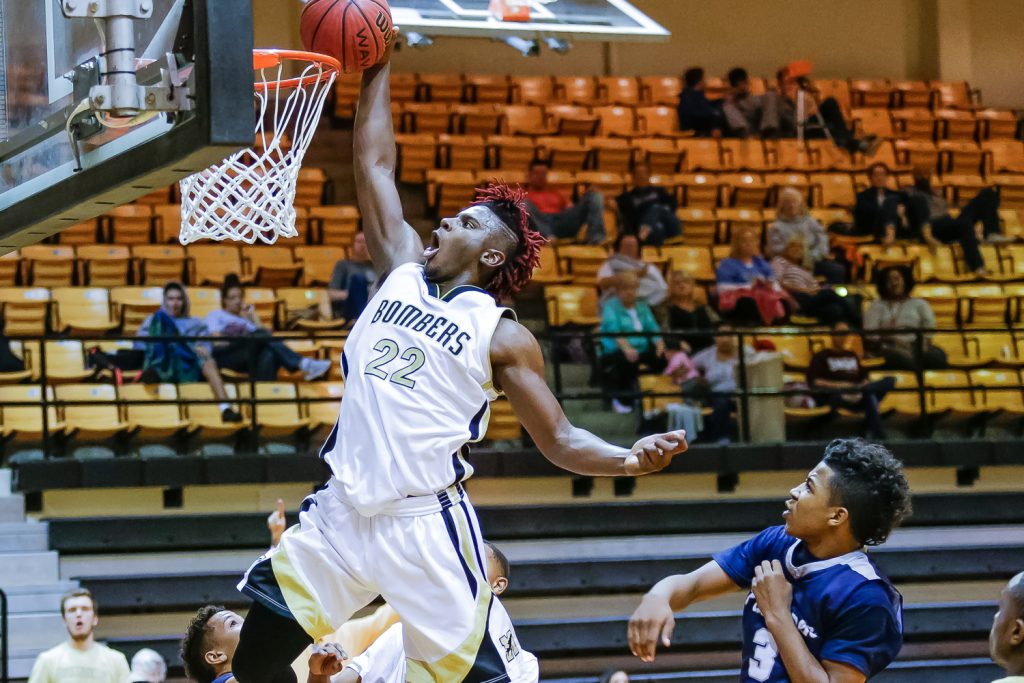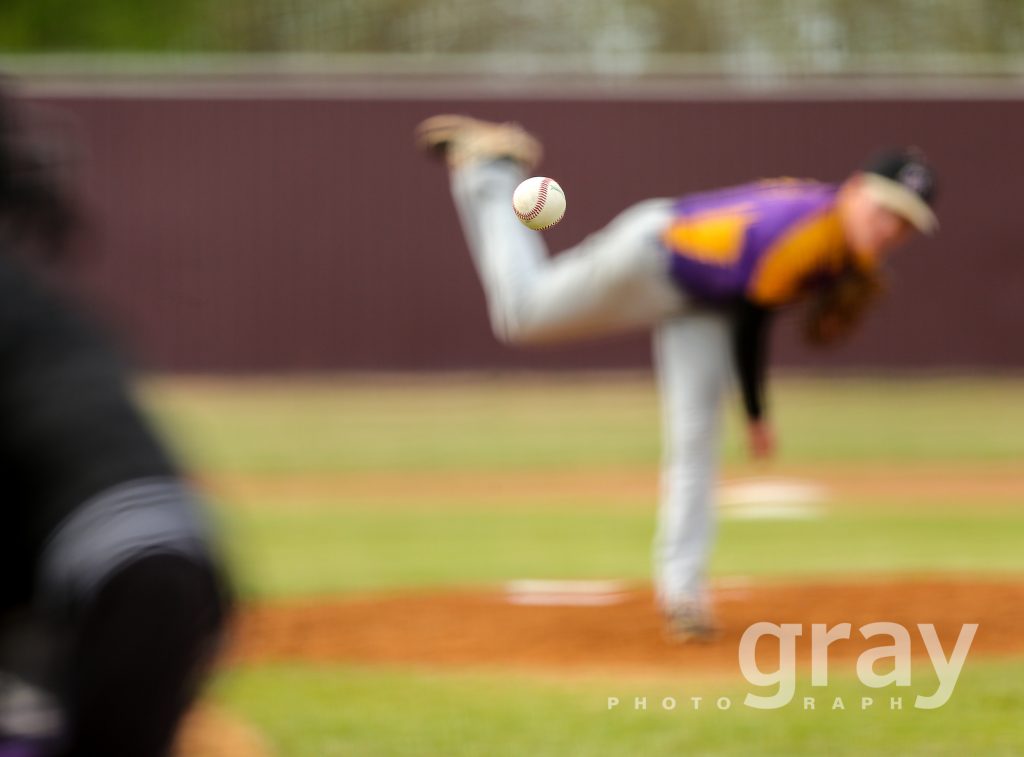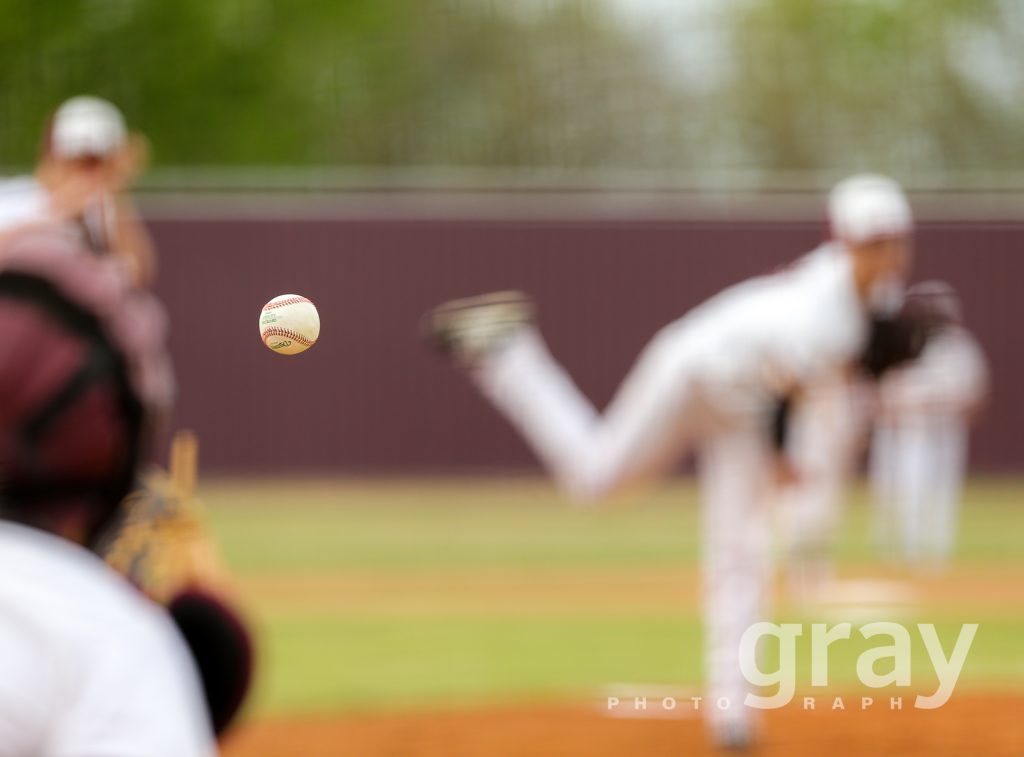One of my goals this year is to capture a better balance of what I call “A&E” – action & emotion. The action part is alot easier for me. I see it, I shoot it. The emotion takes more effort. But if you notice sports photos published by major outlets (ESPN, Sports Illustrated, etc.), there are probably just as many, if not more, emotion shots than action shots (these are my very unscientific findings!).
Often, the emotion happens as a reaction to a play- teammates celebrating, coaches reacting with a referee, etc. Getting these shots means I need to shoot through the play and beyond. As a sports photographer, you’re taught to “shoot through the play”. This helps you get the whole play, from beginning to end. Capturing the emotion means you have to not only shoot through the play, but beyond, all the while looking around for the reaction to the play.
For example, consider a basketball play. While the ball moves around the front court, you follow the action until the shot is taken. Once you’re done with this, you may immediately cut over to the team bench to capture the emotion of teammates celebrating a made 3-pointer. It can make your head feel like it’s on a swivel!
When shooting on a deadline for a publication or a wire service, I’m often tempted to check my shots right after the action so that I can tag the ones I want to consider for publication. Doing this makes it easier to cull them after the event because I can narrow it down to just these tagged images. However, doing this means that I often miss the emotion because my face is in my camera “chimping”. Being patient and shooting through the play longer and searching the area for emotion takes more effort, but it’s definitely worth it. Rather than review & tag the photos right after the play, I try to keep my eyes open more for the emotion, and try to wait for a timeout to review them soon after.
Here are a few examples of my A&E from basketball games.












